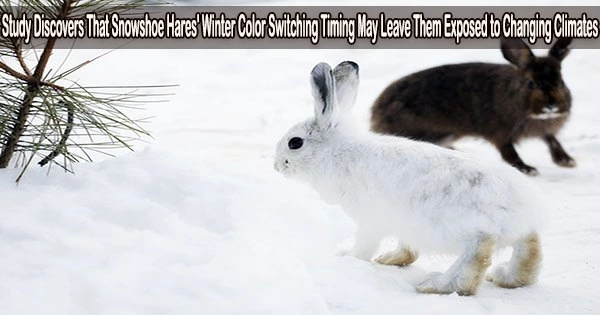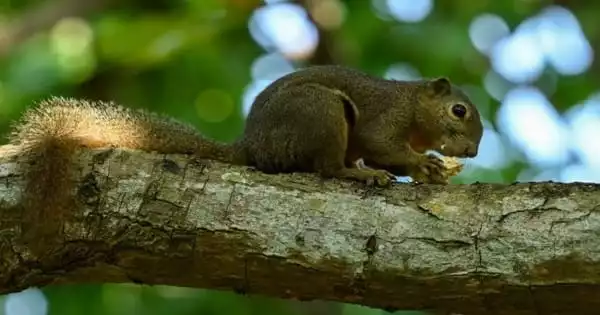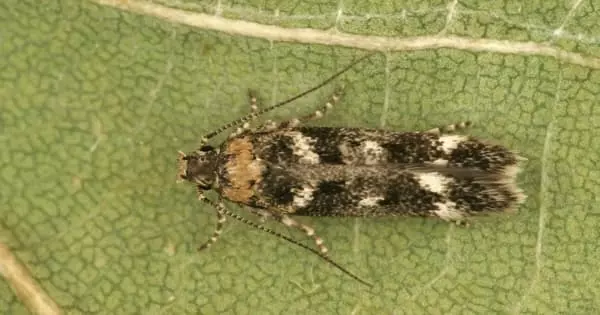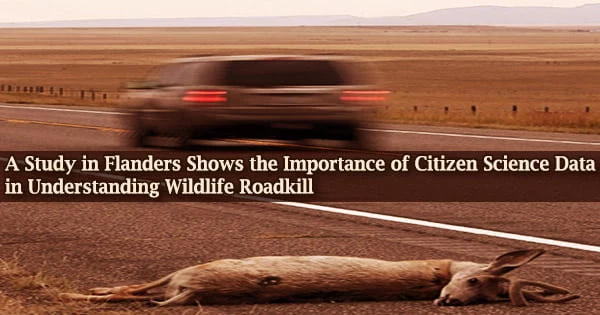The snowshoe hare, also known as the varying hare or snowshoe rabbit, is a species of hare native to North America. Snowshoe hares have a distinctive appearance that helps them blend into their environment. Each fall, snowshoe hares undergo the same seasonal coat change as many other creatures in the far north.
These all-white hares are more difficult for predators to notice in the wintertime against the covered ground, which helps to secure their survival. In the spring and summer, their fur changes to a brown or gray color, which helps them blend in with the forest floor.
But as global warming reduces snowfall in the region, will the hares’ seasonal color swap continue to keep them safe?
Scientists from the University of Florida and Canada are beginning to answer that question. Their most recent research, which examined 44 years’ worth of information on snowshoe hares in Canada’s Yukon Territory, reveals that as the area has warmed, hares are delaying turning completely white for a longer period of time.
However, the data also suggest that waiting too long can be deadly. The researchers discovered that hares with more brown than white fur in the fall had a lower chance of surviving the winter.
“When it comes to the switch from brown to white, which we call molting, timing is everything. We can see in this study that climate change is making it harder for the hares to get that timing just right.” said Madan Oli, first author of the study and a professor in the UF/IFAS wildlife ecology and conservation department.
Snowshoe hares are what ecologists call a keystone species because so many other animals depend on them for food. If the snowshoe hare population takes a nosedive, this could affect the entire ecosystem.
Charles Krebs
“Hares begin to change color based on environmental cues such as temperature and snow depth, but the change doesn’t happen overnight. The whole molting process takes about a month. So, if hares are beginning to molt later in the year, there is a greater chance they will not be fully white by the time their environment is white. These hares are then more vulnerable to predators.”
“Snowshoe hares are what ecologists call a keystone species because so many other animals depend on them for food,” said Charles Krebs, senior author of the study and a professor emeritus at the University of British Columbia.
“If the snowshoe hare population takes a nosedive, this could affect the entire ecosystem,” he said.
“Practically everything eats snowshoe hares in the boreal forest. A big change in the number that survive the winter impacts their ability to replenish themselves over the summer breeding season, which could disrupt the whole food web,” Krebs said. The boreal forest, or taiga, rings the norther part of the globe and includes parts of Alaska, Canada, Europe and Asia.
One of 21 bird and mammal species in the boreal forest that undergo seasonal molting, or whitening for the winter, is the snowshoe hare. The first investigation into how changes in seasonal molting have changed as a result of increased global temperatures.
“The decades of data collection by Krebs and colleagues also makes the study unique,” Krebs said.
“When you look over a forty-four-year span, you can really document a pattern. This study demonstrates the value and importance of long-term ecological monitoring,” Krebs said.
Between 1977 and 2021, Krebs and his collaborators went to the Kluane National Park and Reserve in Canada’s Yukon Territory each autumn and spring to study snowshoe hares. They captured snowshoe hares in the isolated, frequently bitterly cold wilderness, measured the proportion of white and brown in each hare’s coat, tagged each hare (or noted whether it was previously tagged), and released each one.
The researchers, some of which were captured more than once over the course of several years, observed nearly 4,500 hares. Oli, who specializes in evaluating animal populations from a statistical and modeling perspective, and then wildlife ecology doctoral candidate Vratika Chaudhary, analyzed this massive dataset. The current study presents the results of that analysis.
“The team isn’t done studying snowshoe hares in the Yukon,” Krebs said.
Using motion-activated cameras, the researchers are currently documenting the hare behavior and coat color. Images taken by these cameras will demonstrate how well or poorly the hares’ coats enable them to adapt to their surroundings in real time.
















